TIERA Cementing pad is a type of adhesive or pad used to securely attach an accelerometer sensor to a surface, typically on machinery or structures. Here’s some information about it:
- Material: Cementing pads are typically made of materials like epoxy, silicone rubber, or other industrial-grade adhesives. These materials provide strong adhesion to both the accelerometer sensor and the mounting surface.
- Adhesion Strength: Cementing pads are designed to provide a strong and durable bond between the accelerometer sensor and the mounting surface, ensuring that the sensor remains securely in place during operation, even in high-vibration environments.
- Compatibility: Cementing pads are compatible with various types of accelerometer sensors and mounting surfaces, including metal, concrete, plastic, and composite materials. They can be used for both permanent and temporary installations.
- Versatility: Cementing pads come in different shapes, sizes, and thicknesses to accommodate different accelerometer sensor models and mounting requirements. Some pads may have pre-drilled holes or slots to facilitate sensor installation.
- Ease of Installation: Cementing pads are easy to apply and require minimal preparation. Simply clean the mounting surface, apply the adhesive or pad to the desired location, and press the accelerometer sensor into place. The adhesive typically cures within a short period, providing a strong bond.
- Removability: While cementing pads provide a strong and permanent bond, they can usually be removed with the appropriate tools and solvents if necessary, without damaging the mounting surface or the sensor.
Overall, cementing pads offer a reliable and convenient solution for mounting accelerometer sensors in various industrial, automotive, aerospace, and structural monitoring applications. They provide secure adhesion, versatility, and ease of installation, making them an essential component of vibration monitoring systems.









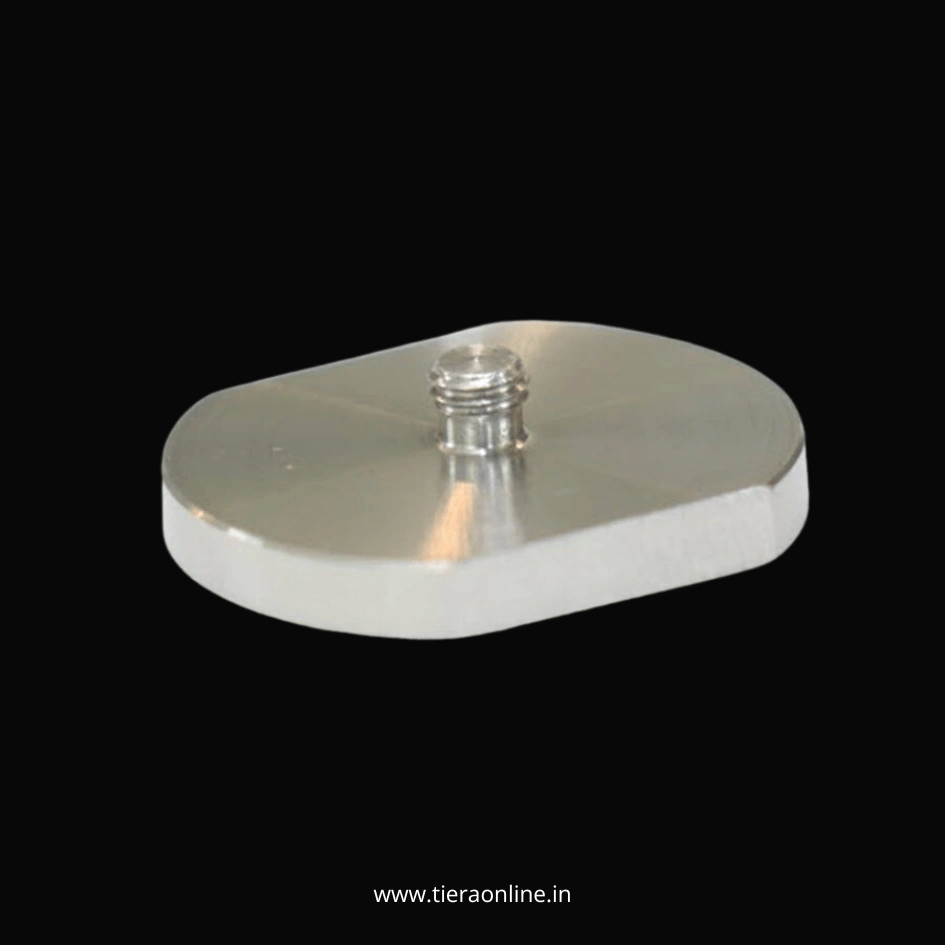
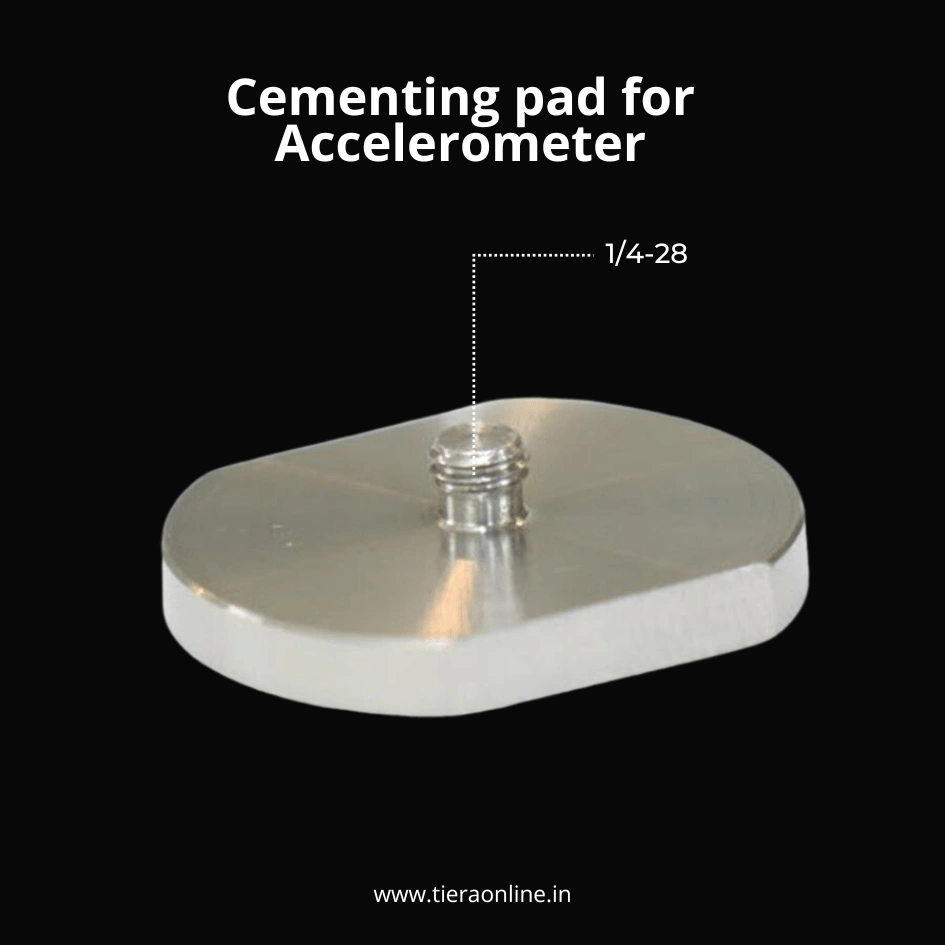
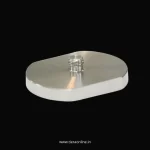
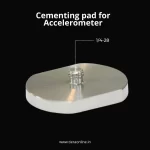
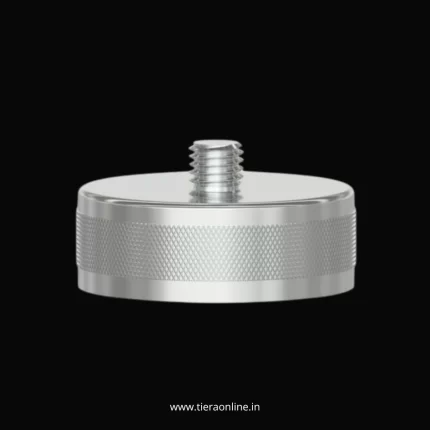
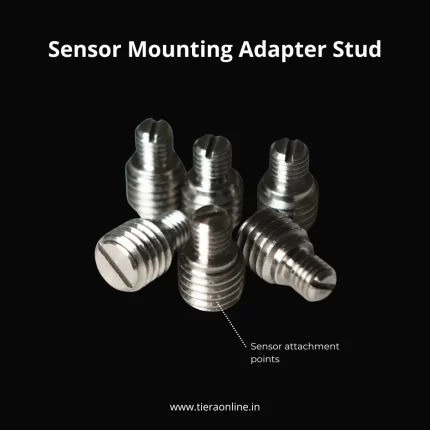
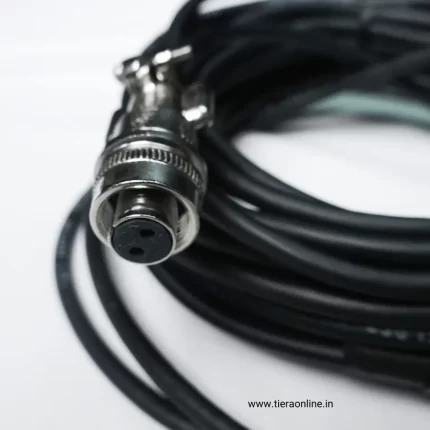
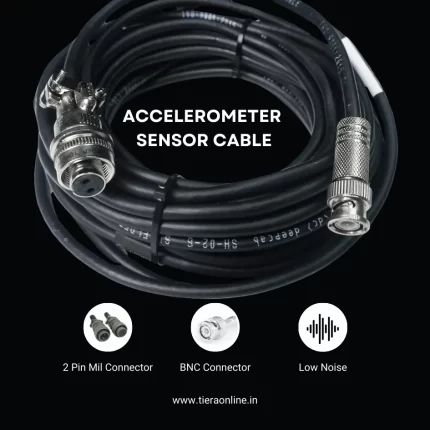
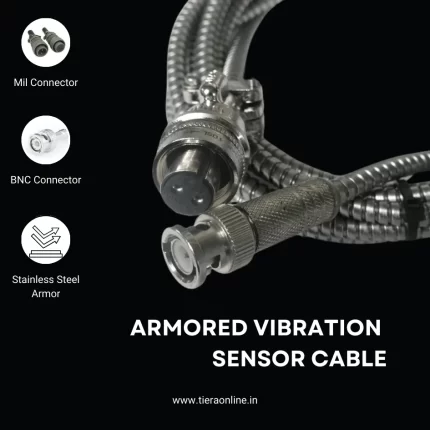
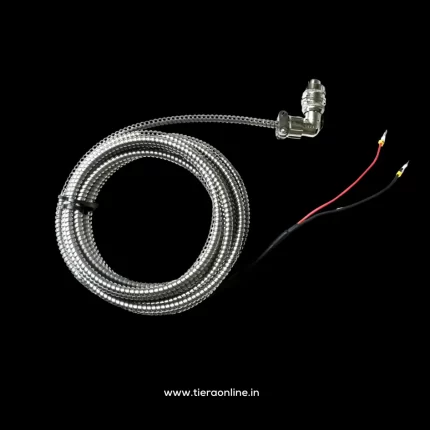
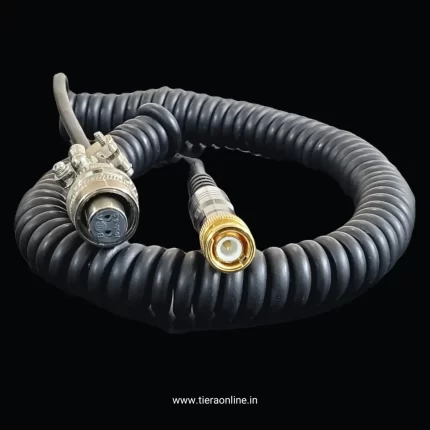
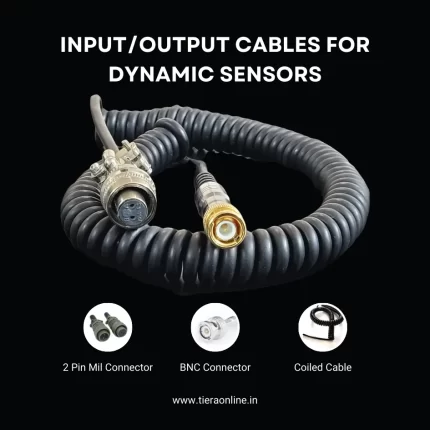
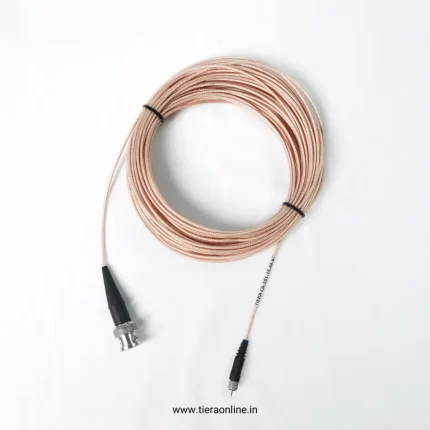

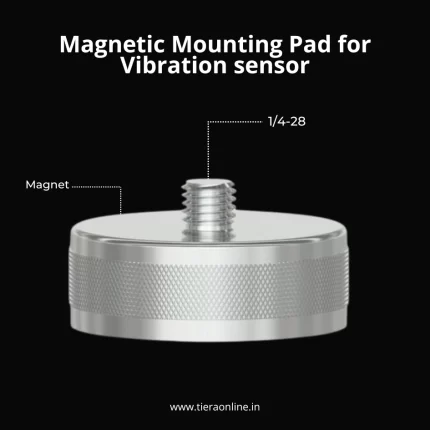
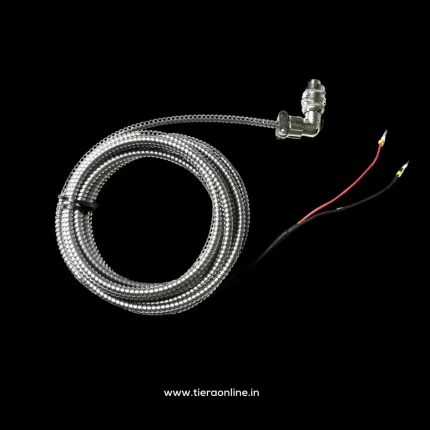
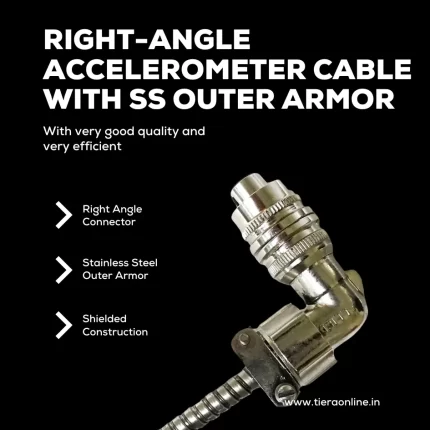
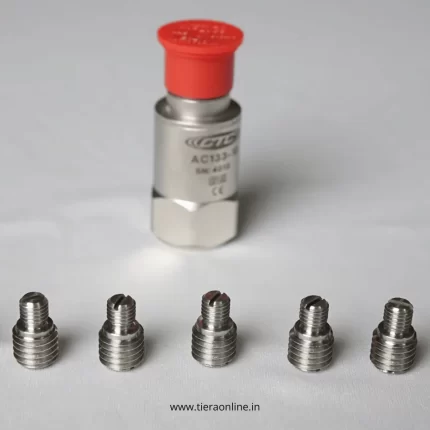
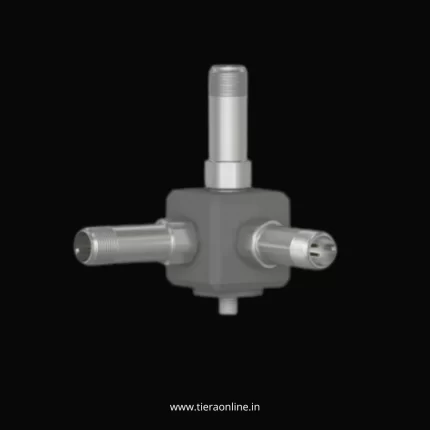
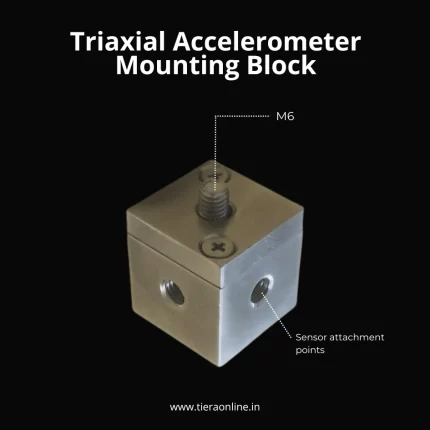
Reviews
There are no reviews yet.